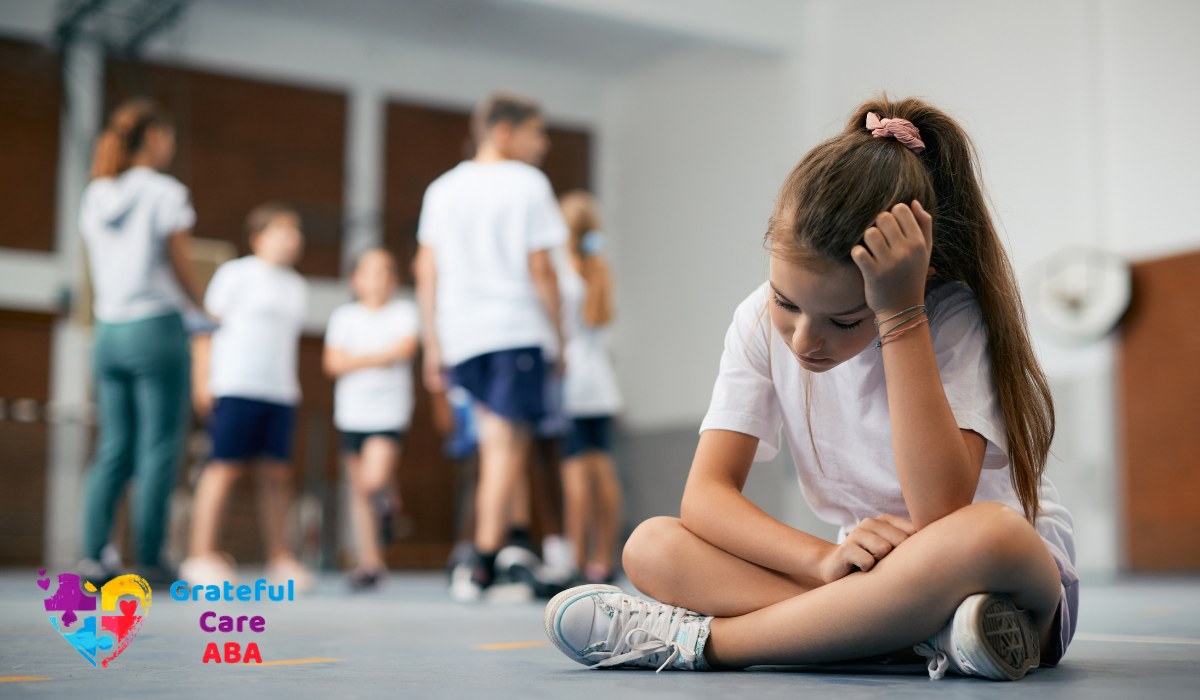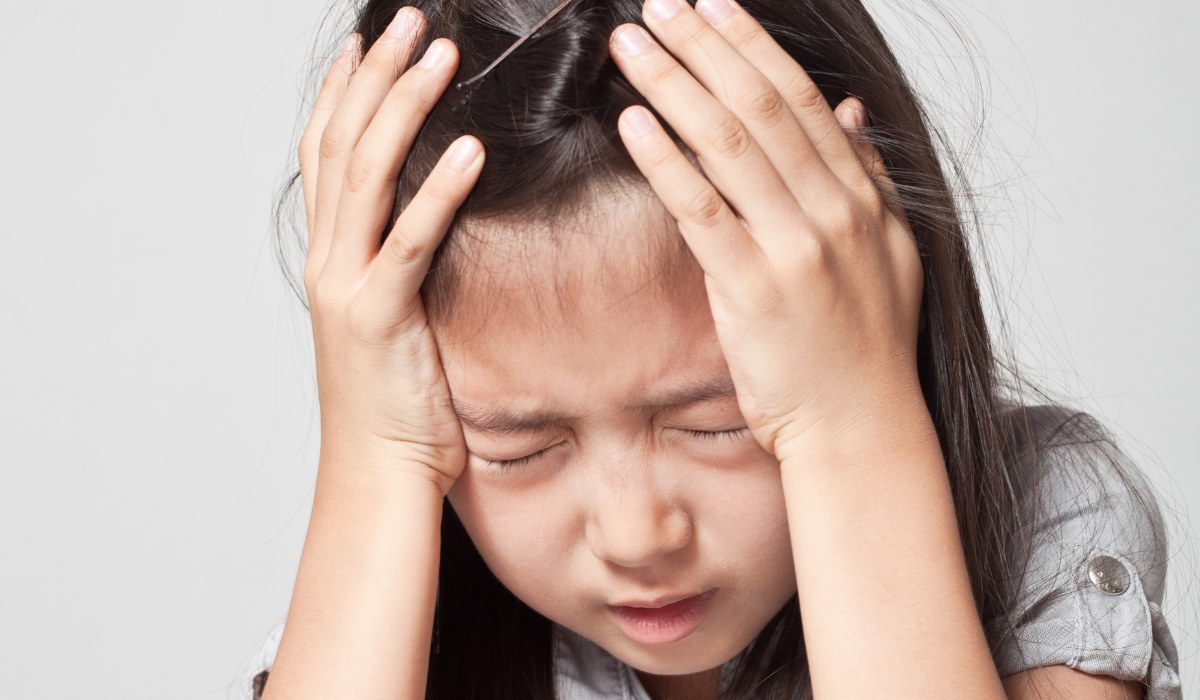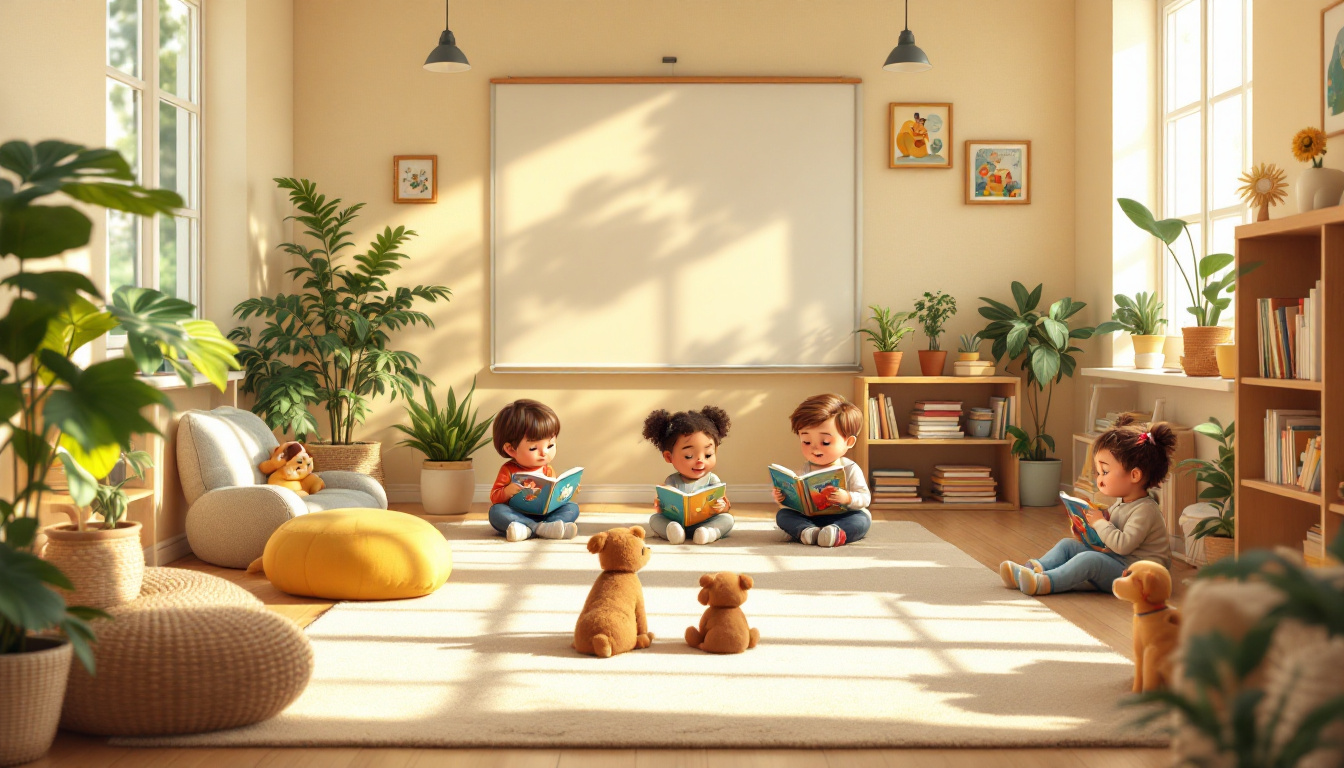7 Common Shutdown Symptoms in Autism & How to Help
Identify 7 common shutdown symptoms in autism and learn practical strategies to help your child cope and feel understood every day.


Key Points:
- Autism shutdowns are quiet, internal responses to overwhelming stress, different from meltdowns.
- Common signs include withdrawal, loss of speech, fatigue, and reduced movement.
- Practical strategies like sensory regulation, structured routines, and ABA therapy can help children recover safely and prevent future shutdowns.
When your child suddenly becomes quiet, withdrawn, or “zoned out,” it can be confusing and worrying. For many children on the autism spectrum, this reaction isn’t defiance or disinterest—it’s a shutdown. Unlike meltdowns, which are loud and explosive, shutdowns are internal collapses that happen when the brain and body are overloaded.
In these moments, a child’s system essentially powers down to protect itself. Recognizing the signs early—and knowing what to do—can make all the difference in helping them feel safe and understood.
This guide walks you through seven common shutdown symptoms in autism and provides practical, evidence-based strategies to help your child cope, recover, and build resilience.
Understanding Shutdowns in Autism
A shutdown occurs when a child’s nervous system reaches its limit. It’s the body’s way of saying, “I can’t process any more.” Sensory input, social expectations, or emotional demands can all contribute.
While a meltdown is an outward expression (crying, shouting, pacing), a shutdown is the opposite—quiet, internal, and easy to miss. The child may look calm, but internally they’re struggling to regain balance.
Recognizing shutdowns early helps parents provide immediate support and prevent long-term stress or burnout.
7 Common Shutdown Symptoms in Autism
Every child expresses shutdowns differently, but most share these hallmark signs. Paying close attention to your child’s baseline behavior will help you spot changes early.
1. Loss or Reduction of Speech
One of the first indicators of a shutdown is a sudden drop in verbal communication. A child who usually talks freely may:
- Go silent or answer with one-word responses.
- Stare blankly instead of replying.
- Appear to “forget” words they know.
This doesn’t mean your child is refusing to speak—it’s that their cognitive load is too heavy. Processing language becomes temporarily inaccessible.
What helps: Give them space and alternative communication options, like gestures, visuals, or AAC devices. Avoid pushing conversation. Your quiet presence is often enough.
2. Emotional Numbing or “Flat” Affect
During a shutdown, your child might seem emotionally distant—no smiles, no tears, just quiet detachment. This can be mistaken for apathy, but it’s really self-protection.
Their brain temporarily shuts off emotional access to prevent further overload.
What helps: Sit beside them quietly. Offer soft reassurance without expecting eye contact or a response. Emotional warmth—without demands—helps the nervous system regulate.

3. Withdrawal from People or Activities
When overwhelmed, many autistic individuals retreat. They may:
- Avoid eye contact or social interaction.
- Stop engaging in favorite activities.
- Seek dark, quiet rooms or cover themselves with a blanket.
This isn’t rejection—it’s recovery. The brain is minimizing input from the outside world.
What helps: Respect their need for solitude. Let them take breaks in a calm environment. Over time, consistent respect for their boundaries helps rebuild trust and confidence.
4. Physical Stillness or Slow, Uncoordinated Movement
A child in shutdown might move slowly or seem frozen. They may sit in one position for long periods, appear unresponsive, or move clumsily.
This reflects reduced motor coordination due to neurological overload—similar to a computer running too many programs at once.
What helps: Allow rest. Avoid asking them to “snap out of it” or resume activities right away. Soft physical support, like a weighted blanket or gentle touch (if they tolerate it), can help them re-ground.
5. Sensory Overload or Sensory Blunting
Sensory dysregulation is a major driver of shutdowns. Your child might:
- Cover ears or eyes.
- Complaining about noises or lights.
- Or seem unbothered by stimuli they’d normally react to—this is sensory “numbing.”
Their brain either amplifies or suppresses input to cope.
What helps: Adjust the environment—dim lights, lower volume, reduce clutter. Let them use sensory tools they prefer, like headphones or soft textures. Consistency in sensory supports can reduce shutdown frequency.
6. Temporary Regression or Forgetfulness
Sometimes, skills like toileting, self-feeding, or verbal communication regress temporarily after a shutdown. Parents may notice their child seeming “younger” or less independent.
This regression doesn’t mean loss—it’s the brain conserving energy and rebuilding stability.
What helps: Stay patient and supportive. Avoid labeling it as “backsliding.” Once your child’s system recovers, skills typically return. A Board Certified Behavior Analyst (BCBA) from Grateful Care ABA can design targeted programs to strengthen adaptive skills and teach coping strategies for these moments.
7. Extreme Fatigue or “Shutdown Sleepiness”
Shutdowns often leave children drained. You may see yawning, droopy posture, or even sudden sleep. This exhaustion is both physical and emotional—it’s the body’s way of resetting.
What helps: Let them rest. Don’t force interaction or activities. After recovery, keep the schedule light and predictable. Over time, consistent structure and ABA-based self-regulation training can reduce shutdown fatigue.
Why Recognizing Shutdowns Early Matters
Frequent shutdowns can impact learning, communication, and emotional growth. Without support, children may experience:
- Chronic anxiety or burnout
- Reduced self-confidence
- Social withdrawal
- Difficulty returning to tasks after stress
When parents recognize early signs and respond calmly, they prevent escalation and teach the child that it’s safe to pause and recover.
Consistent observation, journaling patterns, and working with a BCBA can uncover triggers—helping you create a personalized plan that supports your child’s sensory and emotional needs.
5 Practical Ways to Support a Child During and After a Shutdown
You can’t prevent every shutdown, but you can make recovery smoother and lessen their impact. Here’s how:
1. Build a “Calm-Down Plan” Together
Work with your child to identify what helps them feel safe. This might include:
- A designated quiet corner or “safe space.”
- Calming items like weighted blankets or fidget tools.
- A visual “break card” they can hand you when they need space.
Practicing this plan when they’re calm ensures they can use it when stressed.
2. Use Predictable Routines
Predictability is grounding for autistic children. Use visual schedules, timers, and simple verbal reminders before transitions. When life feels predictable, the brain feels safer—making shutdowns less likely.
3. Reduce Cognitive and Sensory Load
If you notice your child zoning out or slowing down, it’s time to reduce input. Lower your voice, turn off background noise, and avoid adding new demands. Simplicity and stillness create room for recovery.
4. Model Regulation
Children often mirror our emotional tone. When you remain calm, breathe slowly, and move gently, your child’s nervous system picks up those cues. This “co-regulation” builds resilience over time.
5. Reinforce Recovery With Positive Support
After a shutdown, gently praise your child for using coping tools or asking for breaks. Focus on what went right—this builds self-awareness and emotional confidence.
Behavioral professionals often use positive reinforcement and individualized behavior plans to help children identify and express their needs before shutdowns occur. Over time, this reduces both frequency and intensity.

How ABA Therapy Can Help
Applied Behavior Analysis (ABA) therapy offers structured, compassionate support for children who experience shutdowns.
Therapists assess triggers—whether sensory, cognitive, or emotional—and design personalized interventions. These may include:
- Teaching communication alternatives for nonverbal moments.
- Practicing self-regulation skills in safe, supportive settings.
- Gradually increasing tolerance to sensory input without causing distress.
At Grateful Care ABA, every program is built around collaboration—with parents, teachers, and the child. The goal is not to eliminate natural coping behaviors but to give children tools that help them thrive and feel understood in daily life.
Helping Your Child Feel Safe and Understood
Autism shutdowns are not failures—they’re the brain’s way of protecting itself. When parents understand and respond with empathy, they transform shutdowns from crises into opportunities for connection and growth.
If your child frequently experiences shutdowns and you’d like structured guidance, Grateful Care ABA provides evidence-based, family-focused ABA therapy in Virginia, Indiana, Tennessee, Georgia, North Carolina, and Arizona.
Our compassionate team works one-on-one with families to strengthen emotional regulation, communication, and independence—helping your child navigate the world with confidence and calm.
Reach out to us today to learn how personalized ABA therapy can support your child’s growth, recovery, and everyday happiness.
Apply Now
At Grateful Care ABA, we are proud to offer the best ABA therapy services in Indiana. Armed with a team of skilled Board Certified Behavior Analysts (BCBAs), we bring years of experience to the table, making us the preferred provider for ABA therapy in our community.
Understanding that every child with ASD is unique and has unique goals and objectives, our ABA therapists carefully craft personalized ABA therapy plans that are tailored to meet the specific needs of each child. Whether your child needs help with reducing maladaptive behaviors, your child needs IEP support at school, you want your child to be self-sufficient at home, or something else, we use ABA therapy to work diligently toward specific goals. Together we can make a difference in your child’s life!
Contact us today to connect with an ABA therapist and learn more about ABA therapy solutions for your child.

.jpg)
.jpg)




.jpg)
.jpg)
.jpg)

.jpg)
.jpg)
.jpg)
.jpg)
.jpg)
.jpg)
.jpg)


















































































